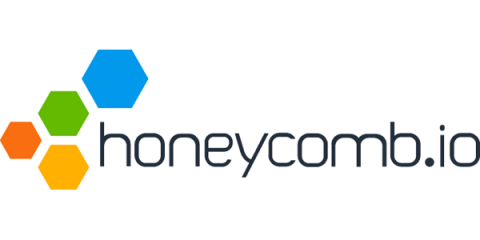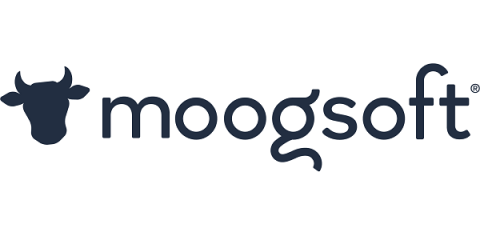What is observability? Discerning myths from facts
Microservices and distributed architectures have become the norm for building modern day applications. While the cloud has made it easier to deploy and scale microservices, it has opened up a complex set of problems for DevOps by virtue of the sheer volume of interactions between those services.











